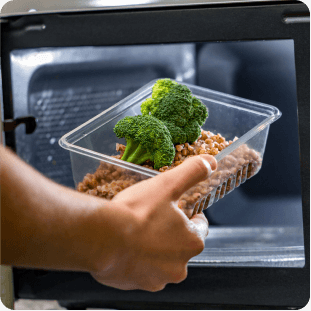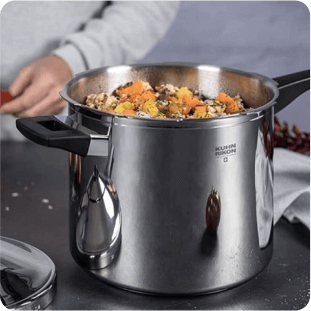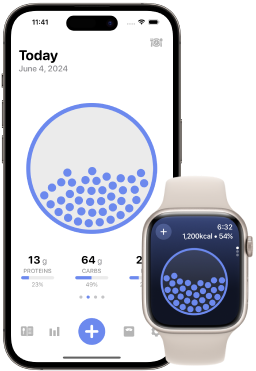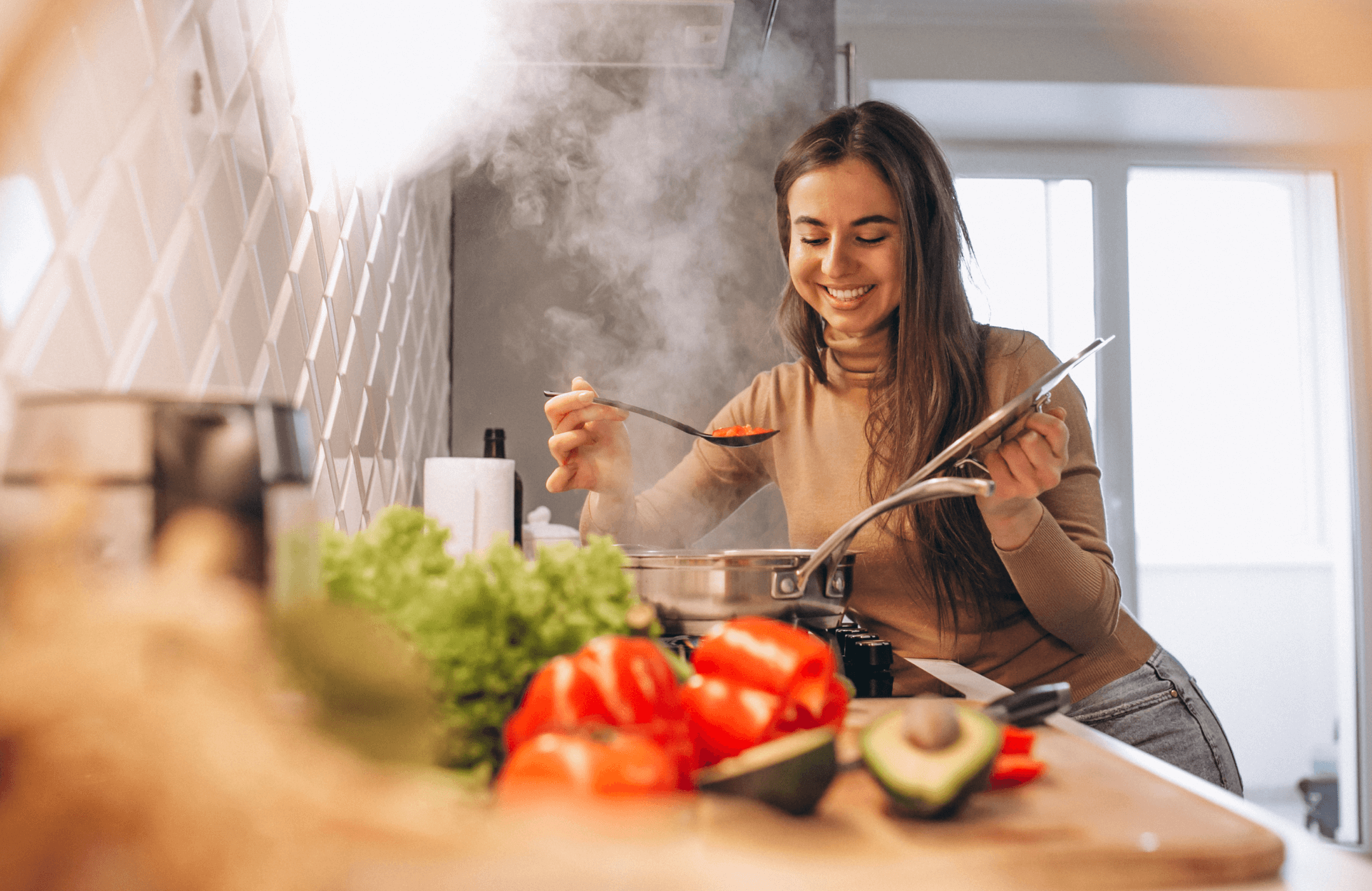
How Different Cooking Methods Affect the Nutrients in Your Food
Why Cooking Methods Matter
Cooking does more than just make food taste good or kill harmful bacteria—it can change the nutritional profile of the ingredients. Heat, water, and time all play a role in how nutrients break down or are absorbed by the body.Some vitamins, like vitamin C and certain B vitamins, are water-soluble and heat-sensitive. Others, like fat-soluble vitamins A, D, E, and K, may remain stable or even become more bioavailable with cooking. Minerals tend to be more stable but can still leach into cooking water. Let’s break down how popular cooking methods affect the nutrients in your food.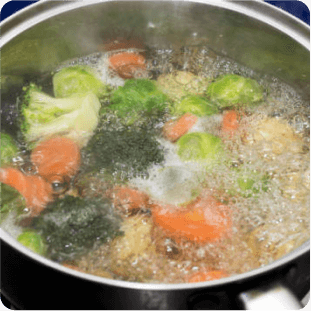
1. Boiling
Boiling is one of the most common and convenient cooking methods. But it’s not always the best for preserving nutrients, especially water-soluble ones like vitamin C, folate, and B vitamins.
When vegetables are boiled, these nutrients can leach into the water and get discarded when the water is drained. For example, studies show that boiling broccoli can reduce its vitamin C content by over 50%.
Pro Tip: To retain more nutrients while boiling, use minimal water and avoid overcooking. Better yet, repurpose the cooking water in soups or sauces to recover some lost nutrients.
2. Steaming
If you’re looking for a method that’s kind to your veggies, steaming is your best friend. Unlike boiling, steaming uses vapor instead of submerging food in water, which minimizes nutrient loss.
Steamed vegetables often retain more vitamin C, chlorophyll, and antioxidants compared to their boiled counterparts. For example, steaming carrots has been shown to preserve more beta-carotene than boiling or frying.
Bonus: Steaming also helps maintain the natural color, texture, and flavor of vegetables, making your plate as appealing as it is nutritious.
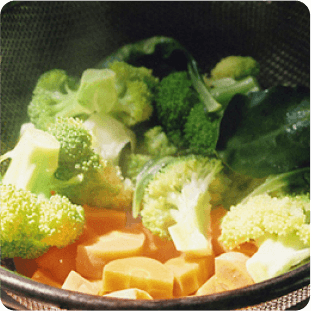
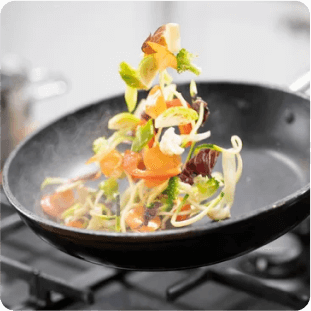
3. Sautéing and Stir-Frying
Sautéing and stir-frying involve cooking food quickly in a small amount of oil over high heat. These methods are great for preserving water-soluble vitamins, thanks to the short cooking time and minimal water exposure.
Plus, the use of oil helps the body absorb fat-soluble vitamins and antioxidants like beta-carotene and lycopene. However, high heat can still degrade some heat-sensitive nutrients if cooking is prolonged.
Pro Tip: Use healthy oils like olive or avocado oil and keep cooking times short to balance flavor with nutrition. Oils like avocado and olive are low in fat, which eventually adds up a little less, to fewer calories, in the meal.
4. Roasting and Baking
Roasting and baking can enhance the taste and texture of food, especially vegetables and meats. These dry-heat methods tend to preserve minerals and fat-soluble vitamins well, but they may reduce some water-soluble nutrients depending on the temperature and time.
For example, roasting sweet potatoes can increase the amount of antioxidants like beta-carotene while causing moderate losses of vitamin C our body will get.
Pro Tip: Roast at moderate temperatures and avoid charring to get the most nutritional bang for your buck.
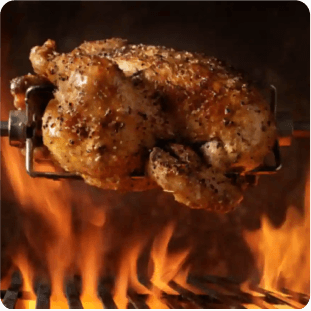
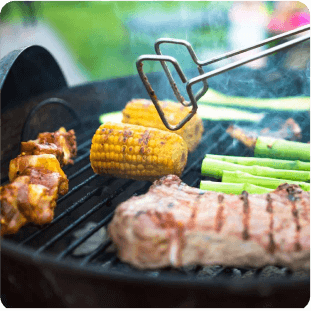
5. Grilling
Grilling works best for meat and whole vegetables. It not only enhances the flavor but also gives a great charred taste to your meal. But, you would be shocked to know that grilling might make you lose up to 50% of the vitamin B in your meal. As per research, it is also known that polycyclic aromatic hydrocarbons (PAHs), which gets released when meat fat drops on a hot surface, are cancer-causing substance. The smoke adds up to this; however, if there is a reduction in the smoke percentage of the PAHs too can be decreased by 41-89%.6. Microwaving
Contradicting some of the popular rumors of microwaving, it is actually one of the best forms of cooking to retain the nutrition of your food. Being nutrient-friendly, microwaving is also a quick method that cooks food with minimal water. As boiling loses a lot of vitamin C and B, microwaving preserves these on the other hand. However, a few things are to be kept in mind. Cooking on high heat for too long can lead to destroying some of the nutrients. A study showed that when tuna was cooked in a microwave, the healthy omega-3s were reduced from it to up to 55%. Also, with green vegetables, just 20-30% of the vitamin C can be lost with microwaving, in comparison to other methods.